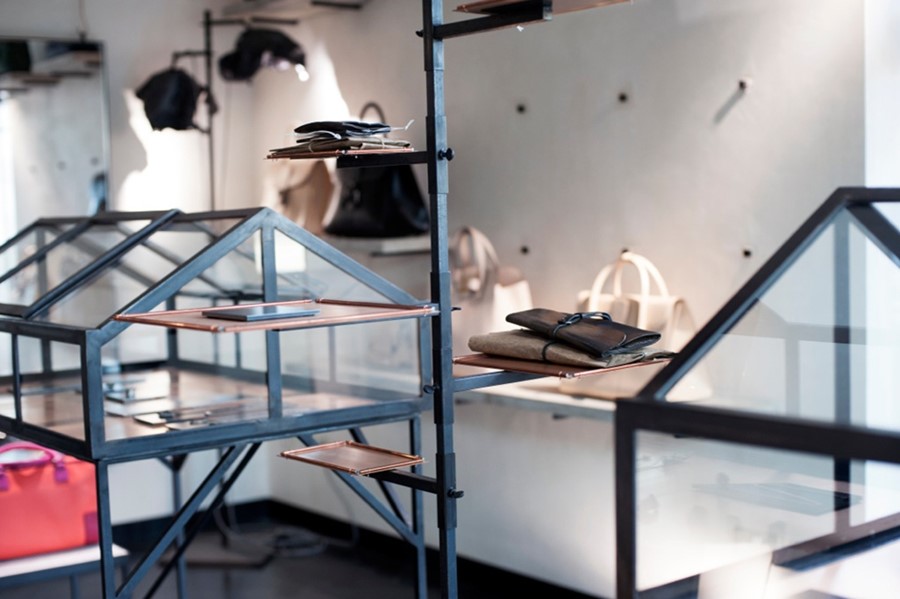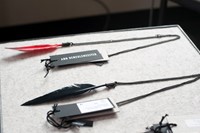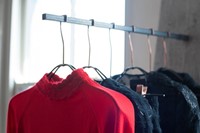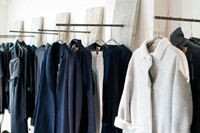Insiders meets the founder and creative mind behind Hostem, the cult fashion store which is adding new layers to the shopping experience
Football’s loss is fashion’s gain. When 26-year-old Londoner James Brown snapped his Achilles tendon playing professional football in Los Angeles in 2009, he was at a loss for what to do next. Then he remembered his love of fashion cultivated by trips to London as a kid and in particular Peter Siddell’s menswear shrine, The Library on Brompton Road – “My dad was a Mod so I’ve always grown up around it,” confirms Brown. “But I was always more interested in how you consume product. So I came back to London to look for a space. Fundamentally I wanted to create a platform where I could work with brands I respected. But it was quite leftfield because I didn’t come from that background.” After looking in Dalston and Mayfair, Brown chanced upon an old factory on Redchurch Street that had been owned by a Bangladeshi family for a quarter of a century, but which had been left derelict for a number of years. “When I first went down Redchurch Street, there was an air of decadence to it. The Boundary had just opened and the only place to drink was the old pub, the Owl and the Pussycat. But it was really magical actually. We wouldn’t be here if we weren’t supported by the local arts scene and community.”
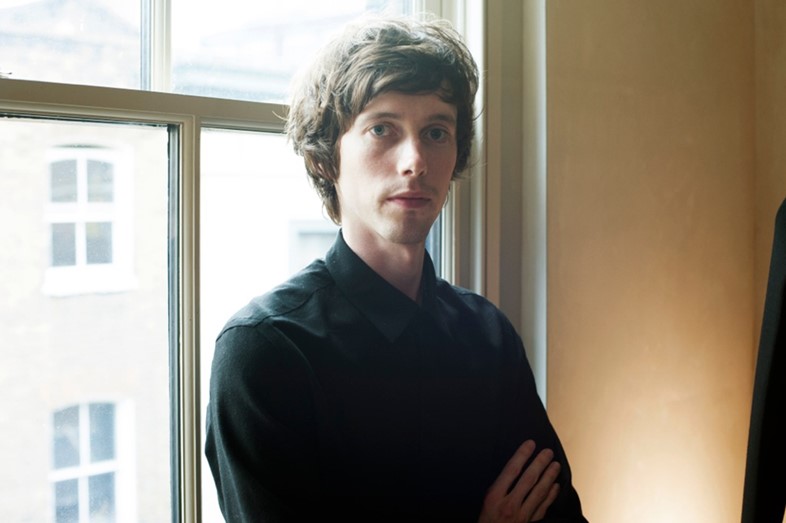
Fast forward five years and Hostem (named after the latin phrase audio hostem, or "I hear the enemy”) has been central to the regeneration of the area, now a buzzy street populated by other luxury brands. Evolution has also been key to the success of the store, as Brown recently added womenswear from the likes of Meadham Kirchhoff and Yohji Yamamoto alongside its cult menswear offerings from under-the-radar brands such as Casely-Hayford and Geoffrey Small. Helping him along the transformation has been the husband-and-wife duo James Russell and Hannah Plumb or JamesPlumb to whom he gave their first commission straight out of college. He recalls, “They had literally left art school and they hadn’t done interiors before. They were showcasing some lights and I really loved what they were doing with old vintage furniture.” After winning the World Architecture Award for their low-lit intimate menswear space full of reclaimed materials and distressed wood, Brown challenged them to work with steel and concrete to create the upper two floors. The result is a soaring light-filled gallery with steel parquet, bare plaster walls and a spectacular mezzanine level that is currently playing host to a six-month residency from sister-act Toogood in which everything from the coats and furniture designed by the sisters are up for sale. “It was very much about Faye and Erica bringing their world here and taking up residency,” explains Brown. “We wanted to do something more meaningful and create a fuller experience.”
“Modern luxury is time and experience. You remember an experience more than an item of clothing" — James Brown
Experience is something that Brown continually returns to – unlike other independent boutiques which push their online prowess, Hostem is best experienced in its physical form. Take for instance, the ‘One Room Hotel’ which the store hosted during London Design Week in 2011 where the store turned into a tiny boutique hotel after hours where guests could enjoy a truly unique sleepover. “We still get people turning up thinking Hostem has a hotel room!” marvels Brown. “How we consume has changed dramatically – for us we are experience led and product is what you wrap that up in. We want people to make the effort to come here, experience the building and see what we do.” The future will see the store’s organic evolution continue: after Toogood wrap up their residency, the mezzanine will host an exhibition of twelve garments by the couture weaver, Amy Revier and excitingly plans are afoot for a rooftop space and garden that will host dinners, events and installations. “We want it to feel like an extension of our home,” offers Brown of the plans to make Hostem even more ‘private’. “Modern luxury is time and experience. You remember an experience more than an item of clothing. We want to create a memory, an emotion.”
Text by Kin Woo
